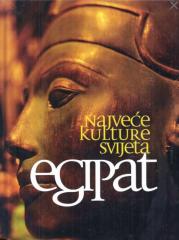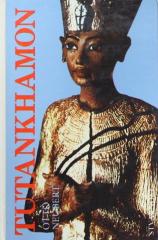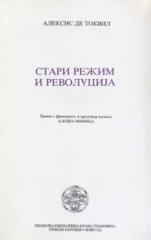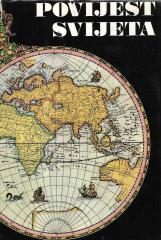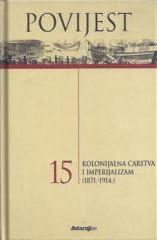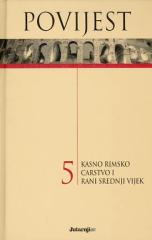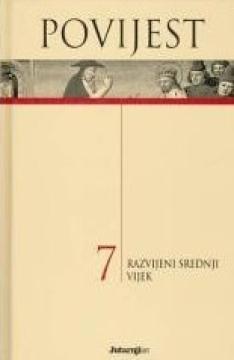
Povijest #7: Razvijeni srednji vijek
The seventh volume of the World History edition covers, in addition to the political history of Eastern Europe and the Mongol Empire, as well as an overview of the Crusades, the social, cultural, and religious aspects of the Middle Ages.
The period is characterized by the strengthening of the feudal system, in which landowners, vassals, and serfs shaped the social hierarchy. The church, led by the papacy, plays a key role, and conflicts such as the Investiture Controversy (11th–12th centuries) reflect the struggle for supremacy between secular and ecclesiastical authority. The Crusades (1095–1291) stimulate religious enthusiasm, but also trade and cultural exchange with the Middle East.
Cities flourish, especially in Italy and Flanders, with the development of crafts, guilds, and commerce. The universities of Bologna, Paris, and Oxford become centers of learning, promoting scholasticism and intellectual development. The arts flourish through Romanesque and Gothic styles, visible in cathedrals such as Notre-Dame. Politically, monarchies, such as England and France, grow stronger, while the Hundred Years' War (1337–1453) marks the end of the period.
In the Croatian context, the unification with Hungary (1102) and the struggles with the Venetians are emphasized. The book is richly illustrated, providing a comprehensive overview of the period.
Multiple copies are available
